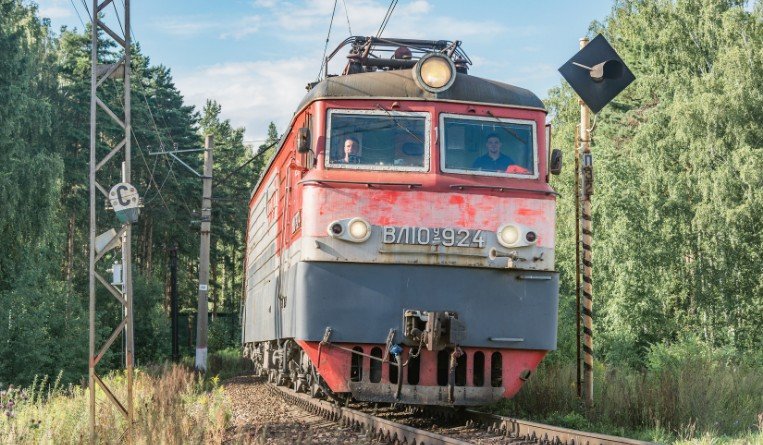Ahead of a major expansion, Russia has underlined the benefits to Asian exporters of its rail links between Asia and Europe despite current problems such as congestion, the European Silk Road Summit in Amsterdam heard in early December.
“It has big potential, but is also a big challenge for all of us, and also in Russia,” Yulia Kosolapova, managing director of Russian railway logistics firm RZDL Europe, told the summit.
Volumes being moved along the intercontinental rail network in Russia have grown significantly, Kosolapova said, with potential for further large increases.
This year, around 1 million TEUs will move along Russian rail lines. This is expected to reach 1.7 million TEUs in 2024, she said. “We expect about 3.7 million TEUs annually by 2035,” she added. The initial view is this will be mostly east-west traffic, but with a reverse trade following in its wake.
Part of the attraction of the Russian routes is an expected decreased transit time of seven days from the Russian Far East to the country’s western flank with Europe, she said. More details about this came out later in her presentation slides. The subproject – ‘Transsib in 7 days’ – aims to cut container delivery time to a week from the current 11-14 days and increase volumes, though details as to how this would be accomplished were scarce.
Another opportunity she identified is the Northern Sea Route, which anticipates that with rising global temperatures, it will be possible by 2030 to move goods year-round along Russia’s northern coast. At present, the route is only open for a few months a year as ice and snow blocks it during the winter months.
Despite the timeline and the general misgivings many have about such a route coming online simply because of what it means about climate change, money is being spent on the route now, as are the plans for how it will be, or can be, used. Some 716 billion rubles (US$9.7 billion) is to be spent on ports along Russia’s northern coast.
The theory is to see Murmansk, in northwestern Russia, consolidate European cargoes, while at the other end of Russia and the Eurasian land mass, Kamchatka will consolidate Asian cargoes. One of the roles of that port, and also a driver in the development of the east-west railway trade, is expected to be South Korean and Japanese cargoes. This is a “huge opportunity,” Olga Stepanova, sales and business development at Nurminen Logistics in Moscow, told a session.
This will be supplemented by cargoes from China, with cities such as Tianjin, Ningbo, Qingdao and Shanghai being mentioned as likely providers of goods.
An alternative view acknowledges that while ports in Russia’s Far East such as Vladivostok and Vostochny are largely coal ports, they are already intermodal and are flexible in how they develop.
In the way of future development is the sheer lack of infrastructure capacity, although again serious money is being put in with 850 billion rubles (US$11.5 billion) planned for the Trans-Siberian and Baikal-Amur railways, Kosolapova said. More capacity is planned on the Trans-Siberian for containers and, overall, an increase in capacity to 180 million tons from 144 million tons.
Also ongoing is the search for an alternative route with Hungary being mentioned. The summit also had a presentation from Adam Talosi, a member of the board of East-West Intermodal Logistics in Budapest, which runs the East-West Gate in Hungary.
This terminal has the potential to become the largest European terminal. With its strategic location, it will tap into the east-west flows and hopes to start operations next year. “This is the time to start negotiating,” said Talosi.
This goes much further than business. One of the problems with the East-West Gate is its location, which is close, and perhaps too close, to the Ukrainian border. The summit took place as Russia continued its troop build-up along that country’s other border.
Michael Mackey



